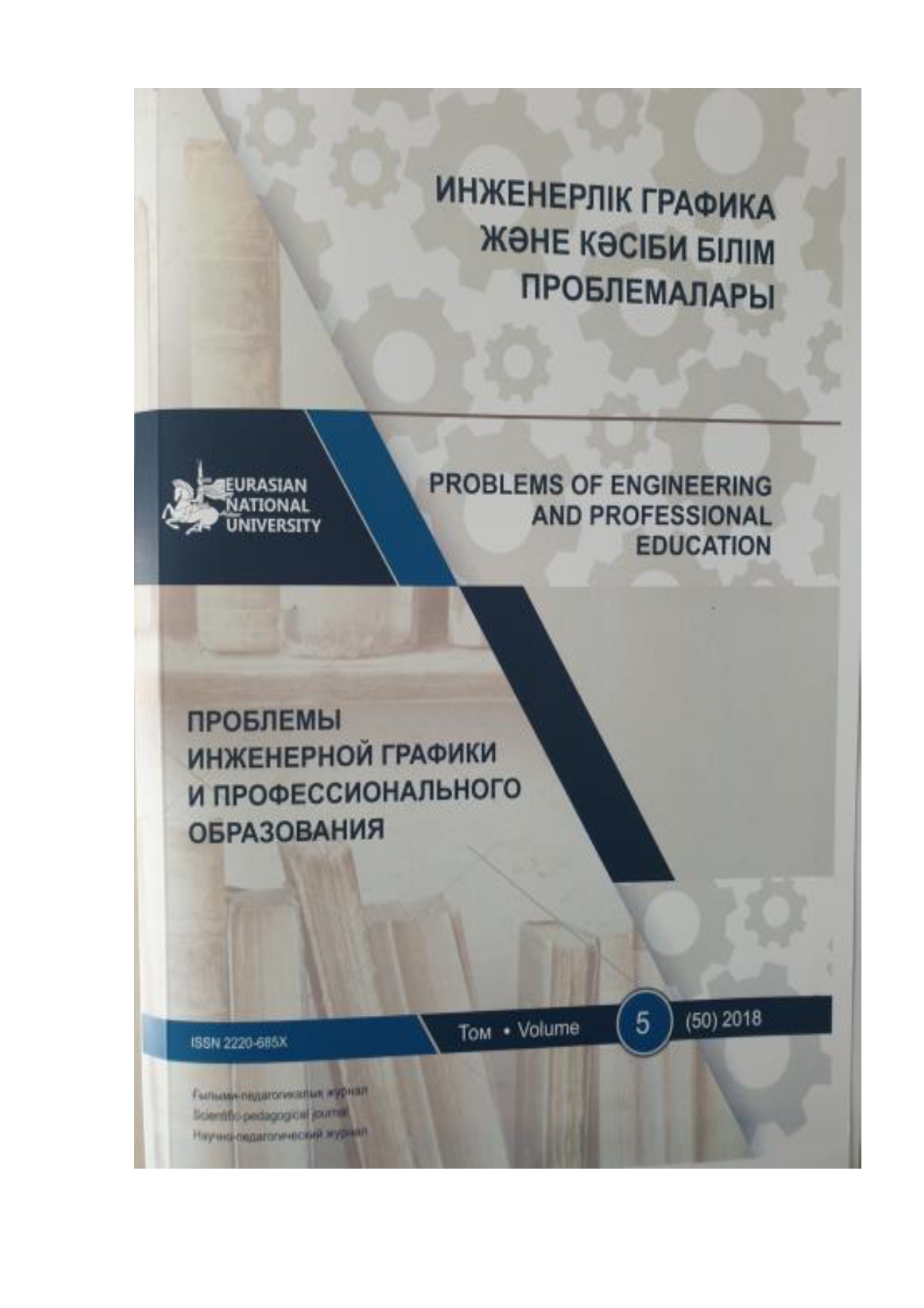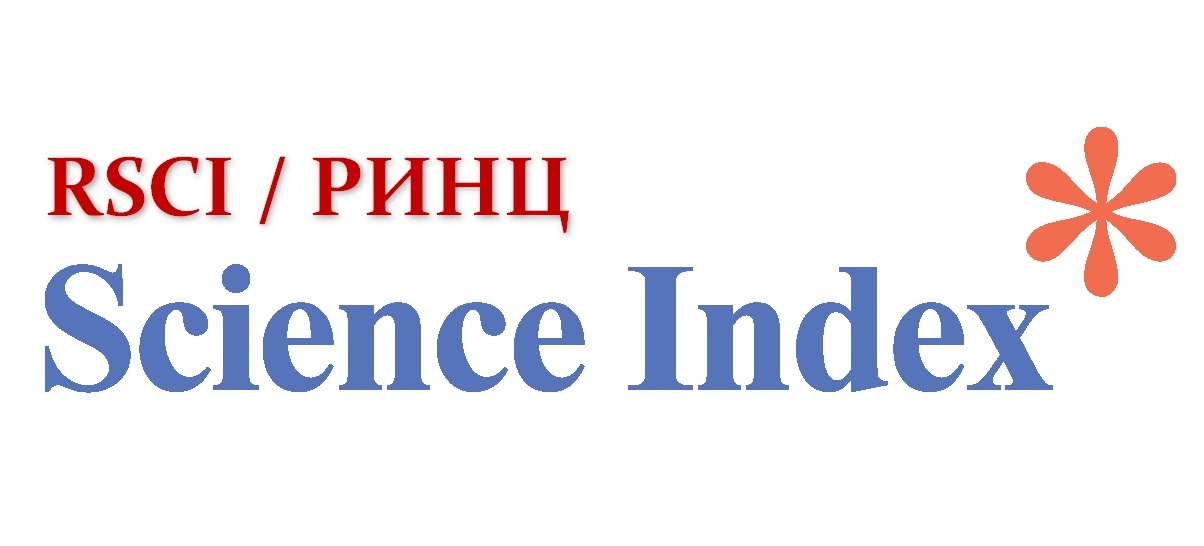Development and formation of still life genre
Views: 97 / PDF downloads: 70
DOI:
https://doi.org/10.32523/2220-685X-2018-50-5-31Keywords:
Still life, European artists, Fauvism, post-impressionism, compositionAbstract
The article deals with the history of the formation and
development of the genre of still life in the visual arts from the XV to XX
centuries, the problems of development and the main features of still life at that
time. In XV-XVI centuries, the still life has long maintained a relationship with a
religious painting, and in the XVII century in the German (city of Flegel, K.,
Baudis) and French still-life indicates the development of the principles of
realistic art, and in the XVI and in the second half of the XVII century, the interest
of art to the everyday and private life, as well as the development of methods of
artistic development in the world. The article presents the events and outstanding
artists who have had a huge impact on the formation of still life at different times,
their methods and techniques, a characteristic contribution to the genre of still life,
composition, color solutions in art.






